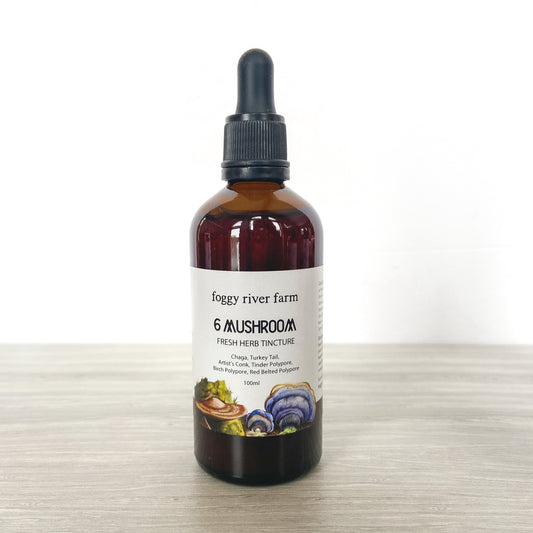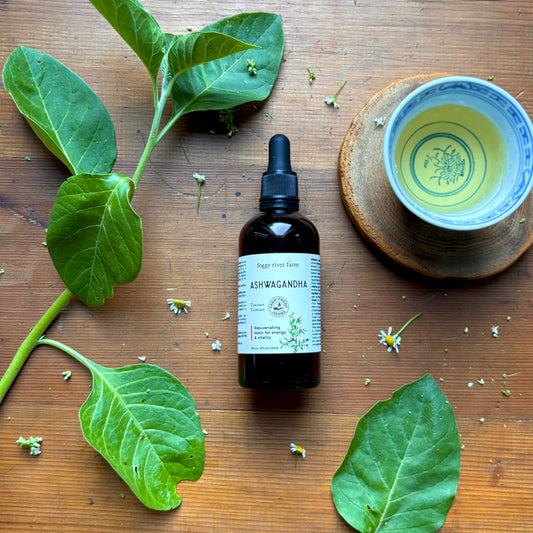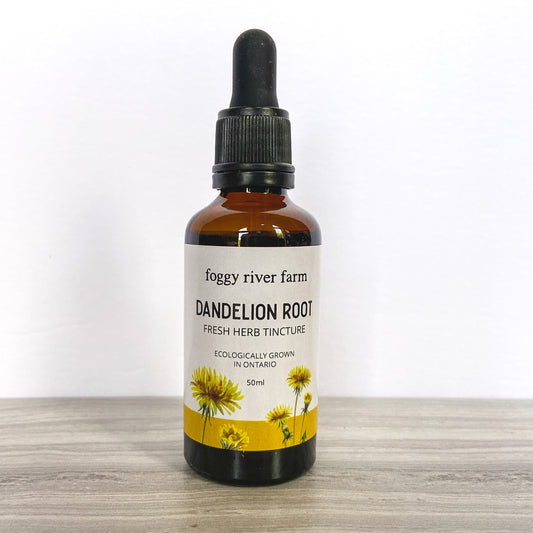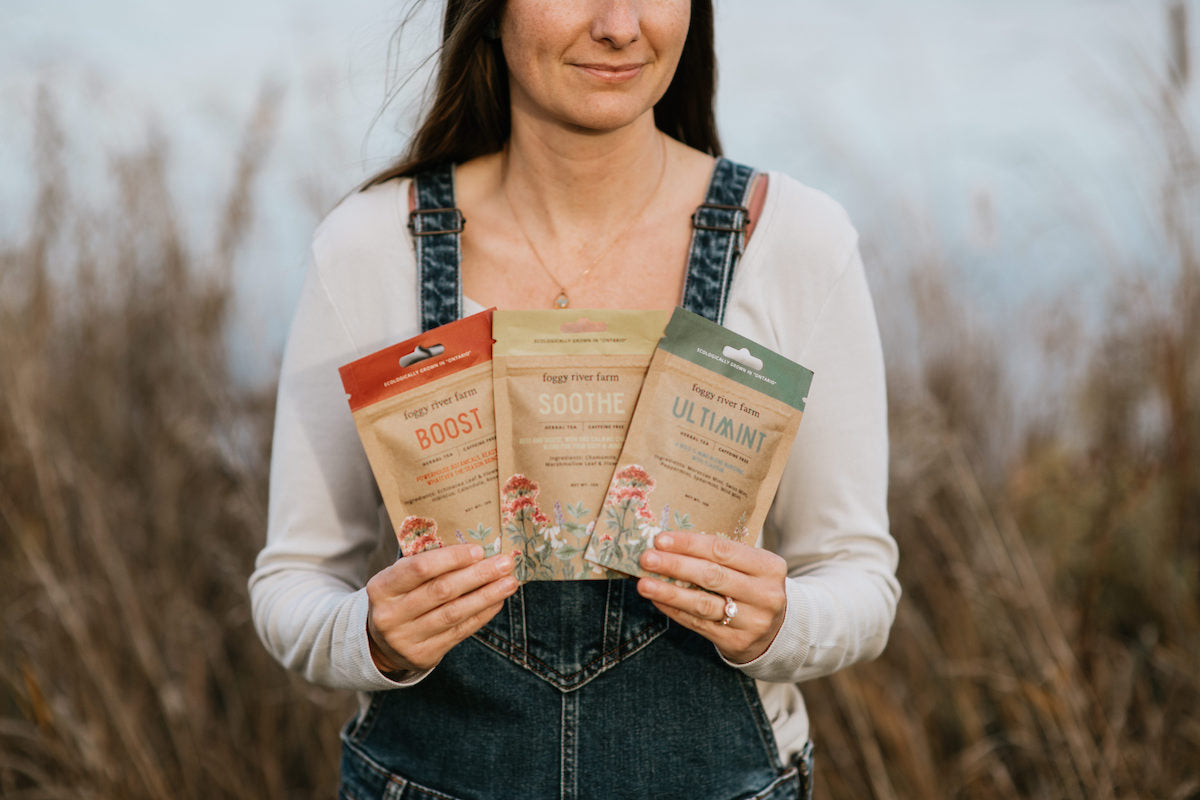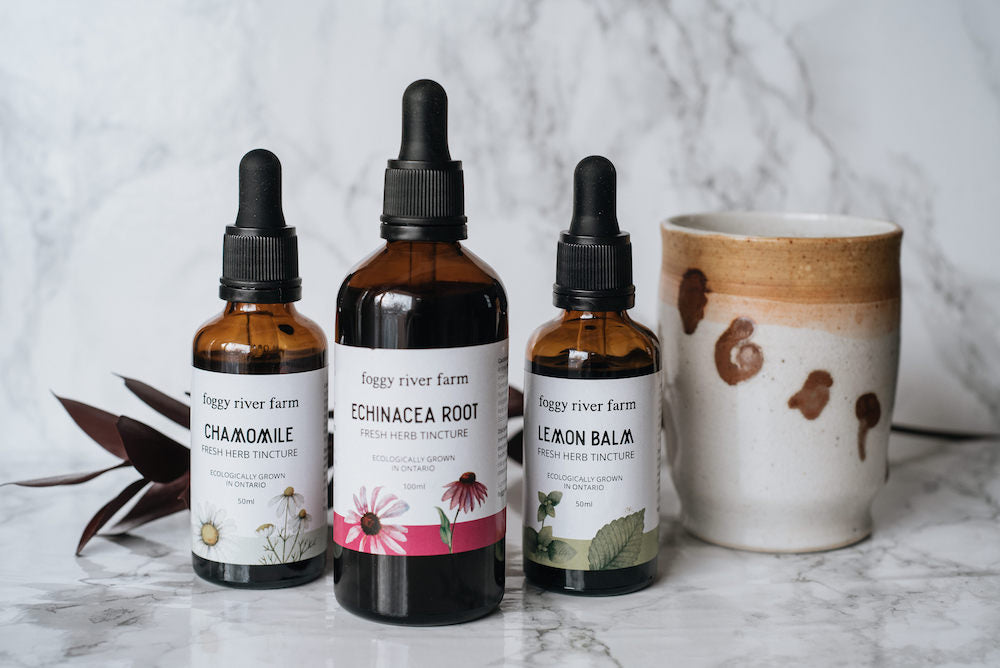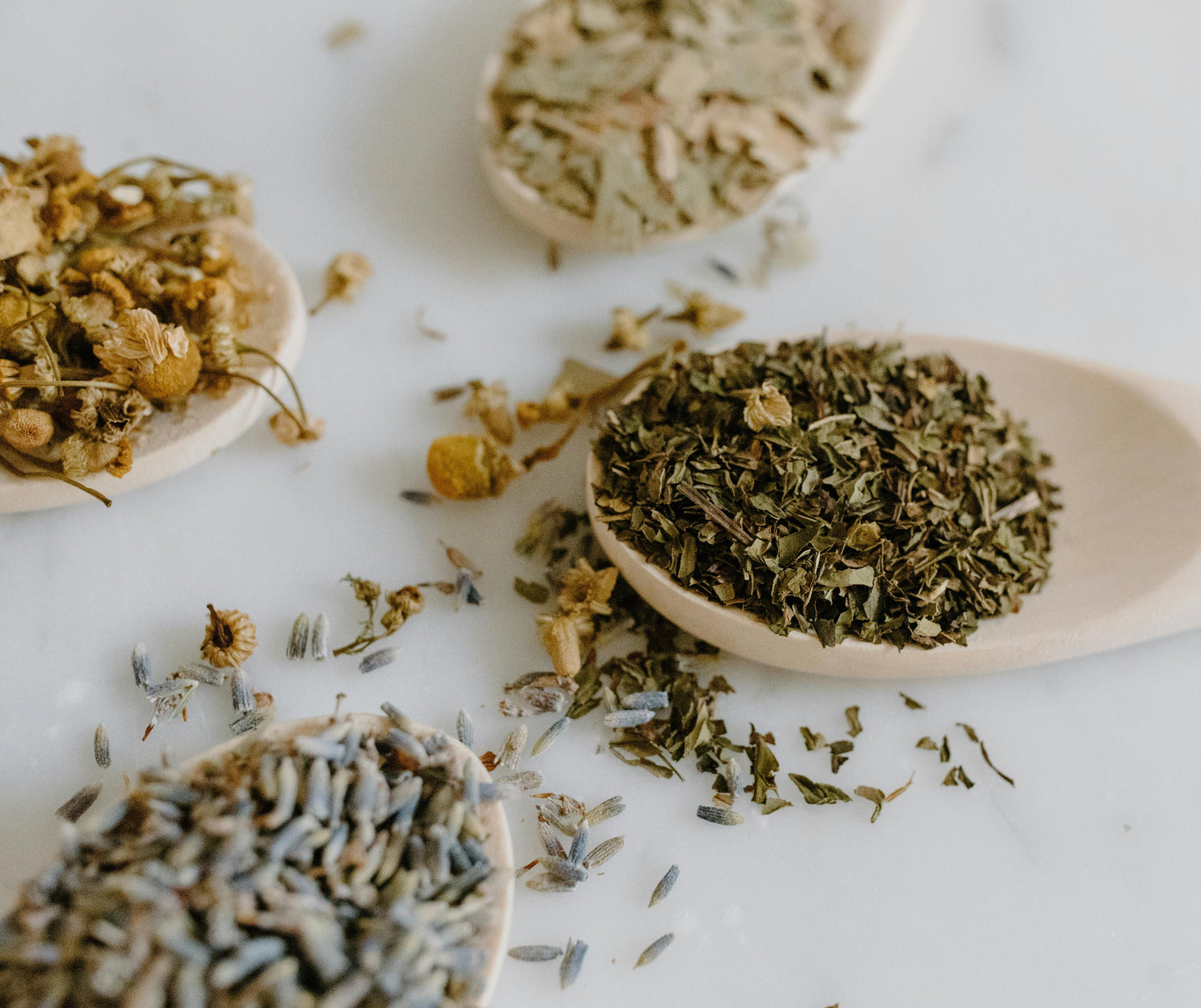
Tinctures 101: Your Beginner's Guide to Liquid Herbal Magic
Share
So, you’ve heard about tinctures but aren’t quite sure what they are—or how to use them? Don’t worry! You’re not alone. Tinctures might sound fancy, but they’re actually one of the simplest (and most powerful) ways to bring herbs into your daily routine.
How Do You Say It?
First things first—how do you even pronounce tincture? It’s said like TINK-cher. Now that we’ve got that out of the way, let’s dive in!
What Is a Tincture, Anyway?
A tincture is a concentrated liquid herbal extract made by soaking herbs in alcohol (or sometimes glycerin or vinegar) to pull out all the good stuff—like vitamins, minerals, and plant compounds. Think of it as a tiny but mighty bottle of plant-powered goodness!
Why Use a Tincture Instead of Tea?
While tea is a wonderful way to enjoy herbs, tinctures offer different benefits:
- Stronger extraction – Alcohol pulls out both water-soluble and alcohol-soluble plant compounds, making tinctures more potent than tea.
- Convenience – No need to steep or prepare—just drop and go! Because of the alcohol content, they are shelf-stable and easy for travel.
- Higher absorption – Tinctures absorb into your system quickly, often faster than tea.
- One and done – You can take your tincture in a single shot/mouthful, rather than needing to drink an entire cup of tea. This is especially useful for herbs that taste bad or when you don’t want to fill your bladder before bed.
How Do You Take a Tincture?
This is where a lot of people get stuck, but it’s super simple!
- Drop it under your tongue. This is the fastest way for your body to absorb it.
- Add it to water or tea. If the taste is too strong, dilute it in a little liquid.
- Blend it into juice or a smoothie. A great option for kids (or anyone who prefers a milder taste).
How Much Should You Take?
Every herb is unique, and dosages vary accordingly, but there are some general guidelines and conversions that can be very helpful.
First of all, always seek the smallest dose that works for you! Body weight, body composition, age, health status, and constitution can all impact how people experience an herb. A 110lb person may not need the same dose as someone who is 240lb.
Extract dosages can be measured in drops, dropperfuls, milliliters (mL), and teaspoons (Tsp):
- A dropperful contains about 30 drops, or 1 mL.
-
A general starting point is 30-60 drops (1-2 dropperfuls) 1-3 times per day.
In general, the more acute a condition, the more frequent the doses. Safe dosage ranges are fairly broad with most (but not all) herbs.
Some herbs are great for short-term use—like Willow Bark for headaches—while others, like Ashwagandha, are best taken consistently over time for the desired effect.
We highly recommend using a good herbal reference and becoming familiar with the individual characteristics of the herbs you’re using. Always check the label or consult a trusted herbalist if you’re unsure.
What’s a Good Tincture to Start With?
Of course, this depends on what you're looking to balance in your body! Some of the first tinctures we made for our home apothecary were:
🌿 Chamomile – Calming and great for sleep. 🌿 Echinacea – Supports your immune system. 🌿 Ashwagandha – Helps with stress and energy balance.
Can You Mix Tinctures?
Absolutely! We like to build our own apothecary with single herbs because it helps us get to know how our bodies respond to each one. But we also love blending them together to create unique combinations for different needs. Here are a few great pairings:
- Lemon Balm + Chamomile – A dreamy duo for relaxation and better sleep.
- Echinacea + Astragalus – A powerful immune-boosting combination.
- Chamomile + Peppermint – Great for digestion and soothing an upset stomach.
Want to Learn More?
If you’re curious about tinctures, start small—choose one that fits your wellness goals and experiment. The beauty of herbal medicine is that it’s all about what works best for you!
For a deeper dive, check out our Complete Tincture Guide.


